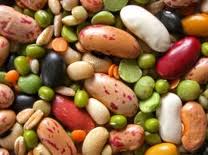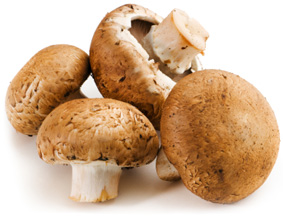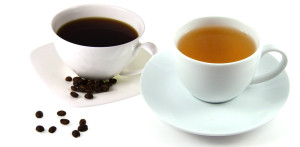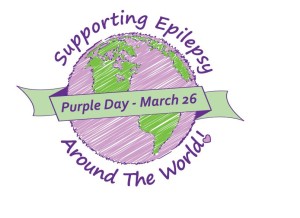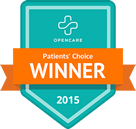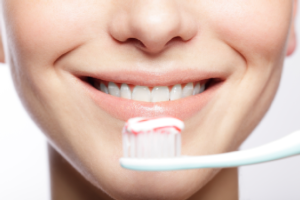 Here are a few dental care tips to help prevent tooth decay and gum disease, and keep your teeth healthy.
Here are a few dental care tips to help prevent tooth decay and gum disease, and keep your teeth healthy.
What is tooth decay? Enamel is the hard outer coating on all your teeth. The bacteria in your mouth, produces acids that cause plaque, which harms the tooth enamel. Over time, the acids can cause a hole in the enamel – a cavity. Daily brushing and flossing can protect you from tooth decay, cavities and gum disease.
What is gum disease? Gum disease appears when plaque builds up along and under the gum line. The plaque causes infections – called gingivitis. Like tooth decay, gum disease can often be fixed by daily brushing and flossing.
What can you do to prevent tooth decay and gum disease?
- Brush your teeth at least twice a day. Brush once in the morning and once before bed, remembering to floss your teeth once a day, and always rinse after you floss. Always brush with a light hand as brushing too often or too hard can damage your gums.
- Brush your teeth for a minimum of two minutes. Two minutes is the minimum time you need to clean all of your teeth; so keep time with your smart phone, set an alarm, hum a tune…anything that lasts two minutes. That’s one minute for your top teeth and one minute for your bottom teeth.
- Throw away your toothbrush every three months, or after an illness. Your tooth brush harbours bacteria from your mouth. (It goes without saying, but you should never share your tooth brush with anyone).
- Clean your tongue with a tongue scraper or a tooth brush every morning to remove tongue plaque and freshen your breath.
- Fruits and veggies that are crisp, and crunchy such as carrots, celery, and apples can help clean your teeth throughout the day. The acid in sugary food and carbonated drinks dissolves tooth enamel, an encourage the growth of bacteria, which produces plaque, and plaque can lead to tooth decay and cavities.
- Keep hydrated with water to help keep teeth stains to a minimum, flush bacteria out of your teeth and mouth, helping with less risk of gum disease, fewer cavities and fresher breath.
- Never use your teeth for anything other than eating. Using your teeth as tools, such as opening bags or cracking nuts will cause damage.
- Never chew hard foods such as hard candy or ice. Chewing hard foods creates tiny fractures in the enamel and over the years, this habit can result in major cracks and the need for tooth repair.
Practicing good oral hygiene will help to ensure you have a healthy, beautiful smile.



